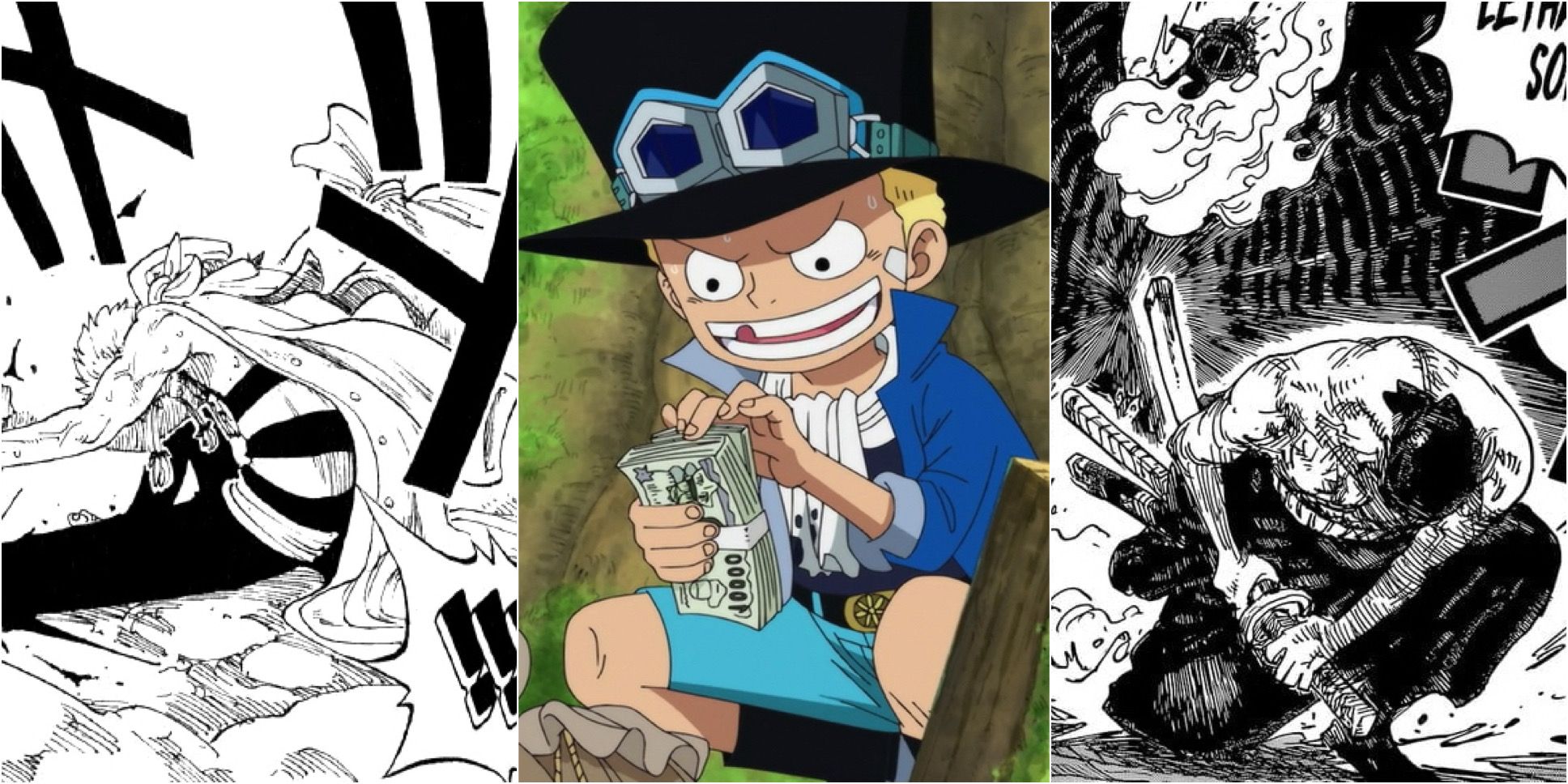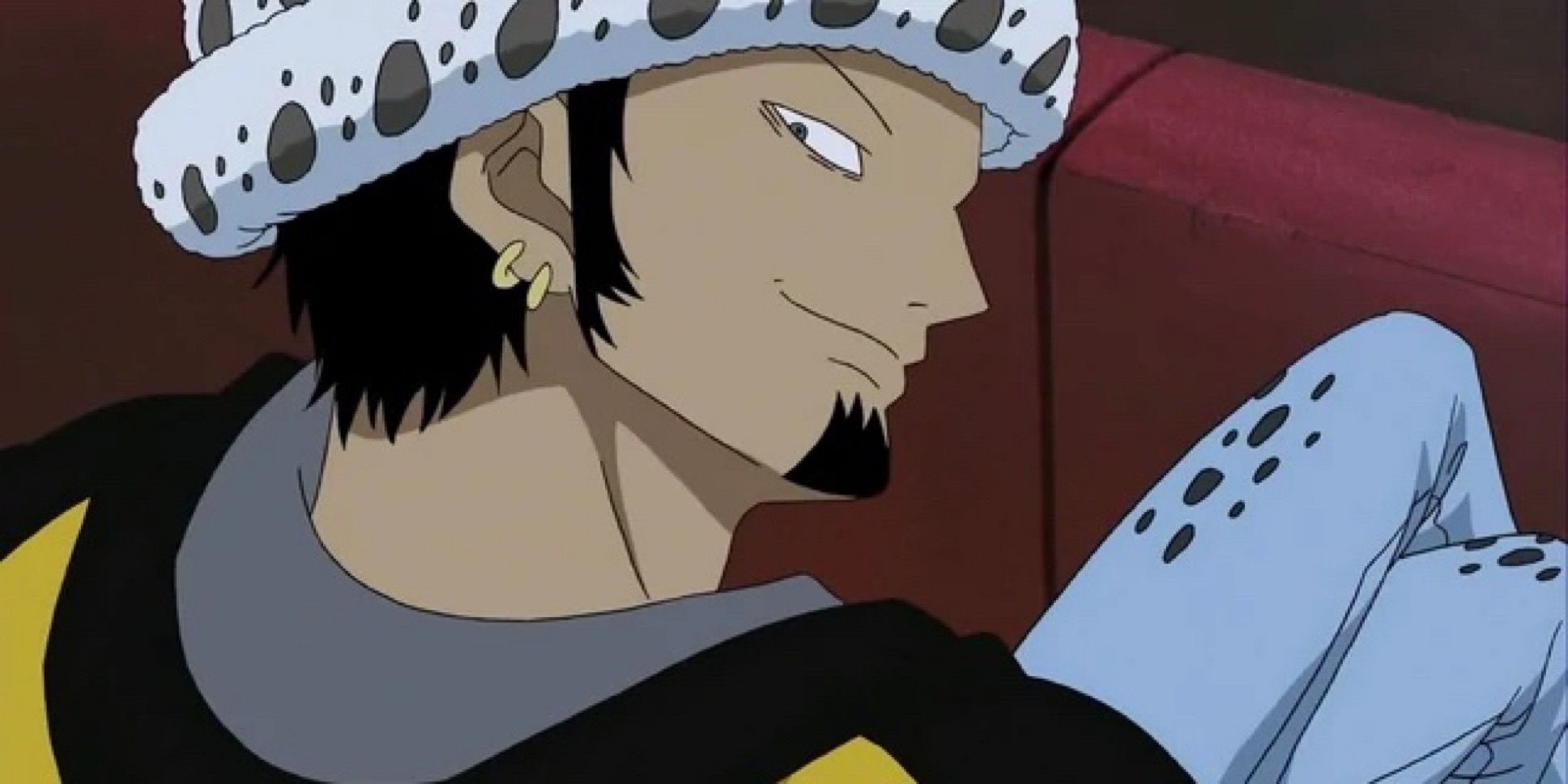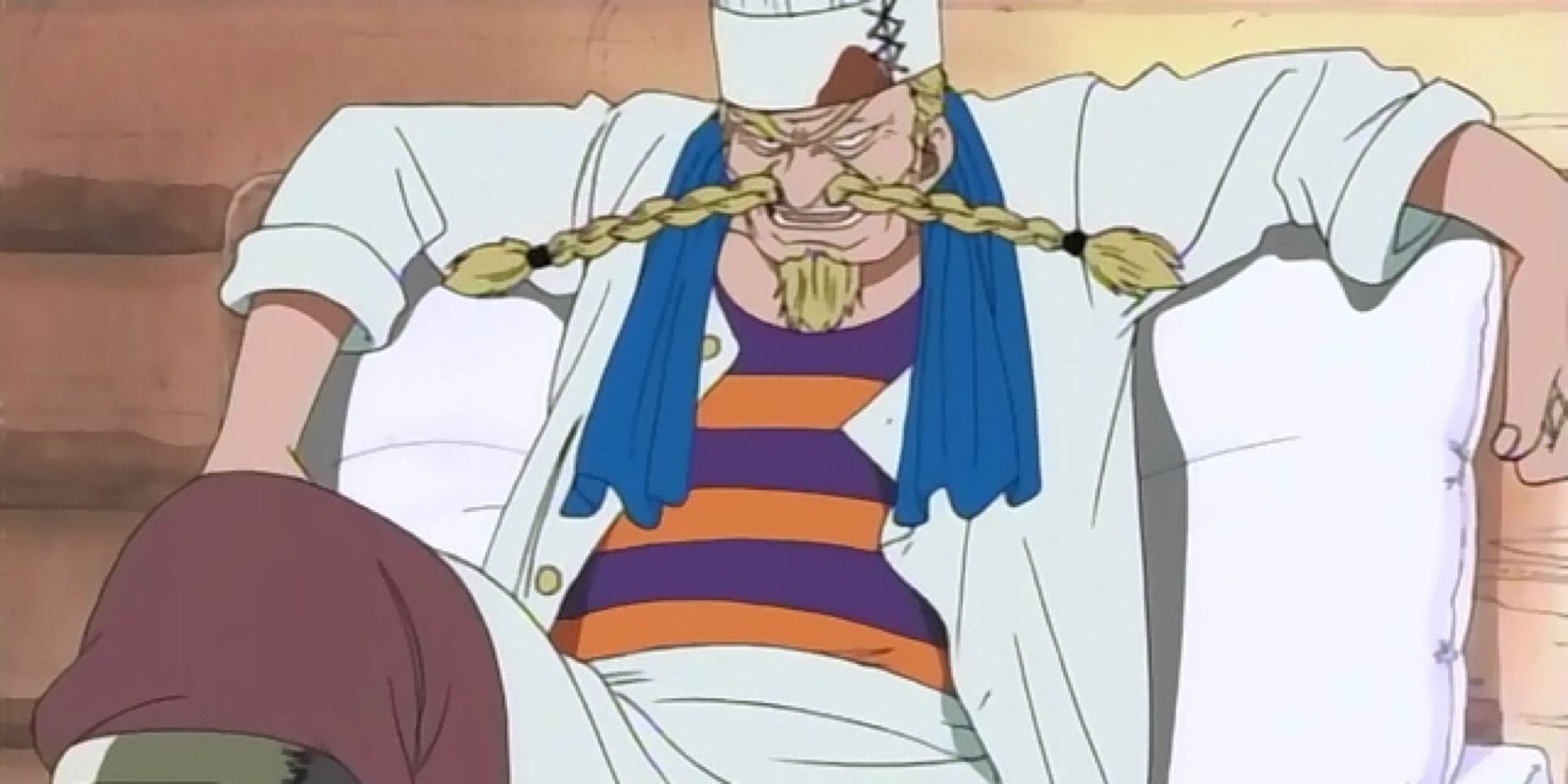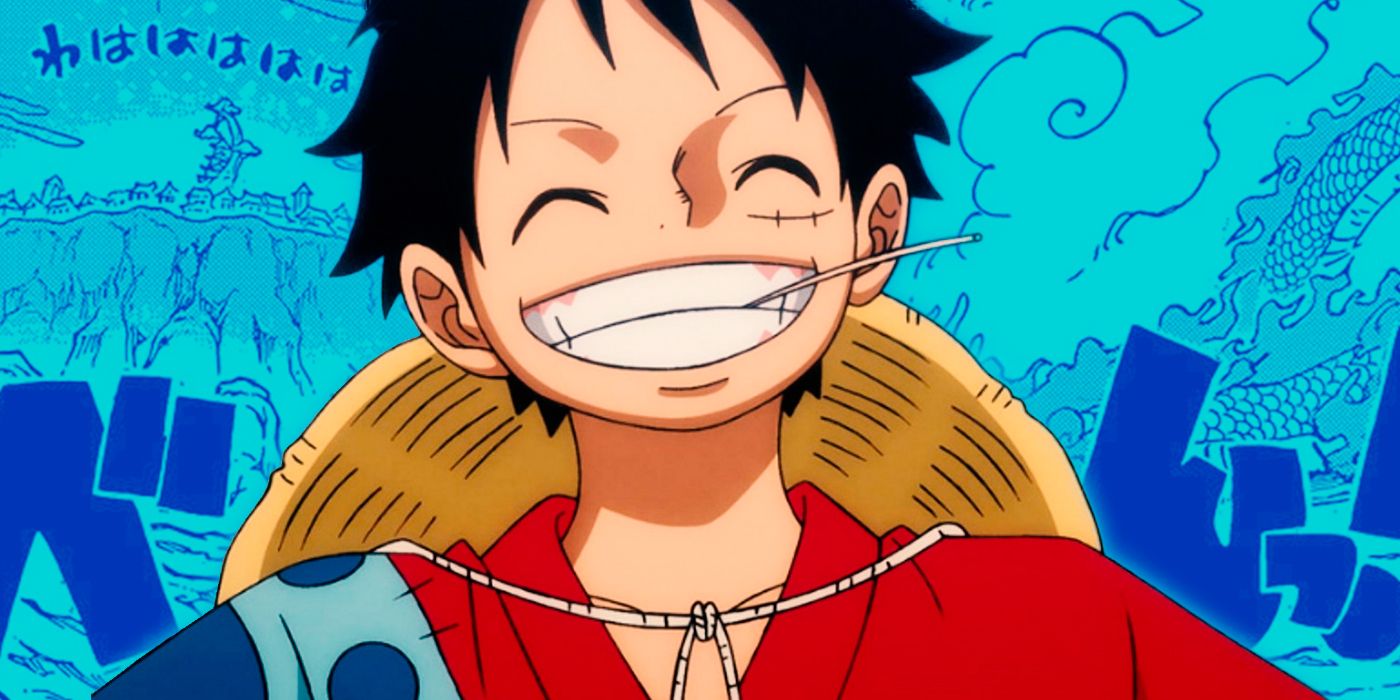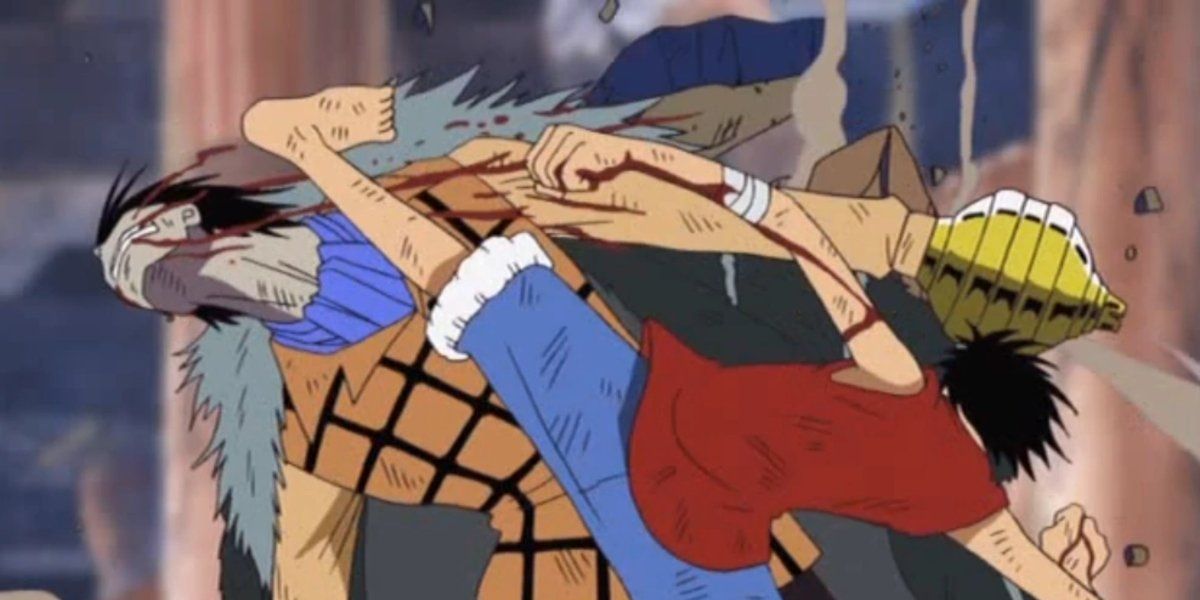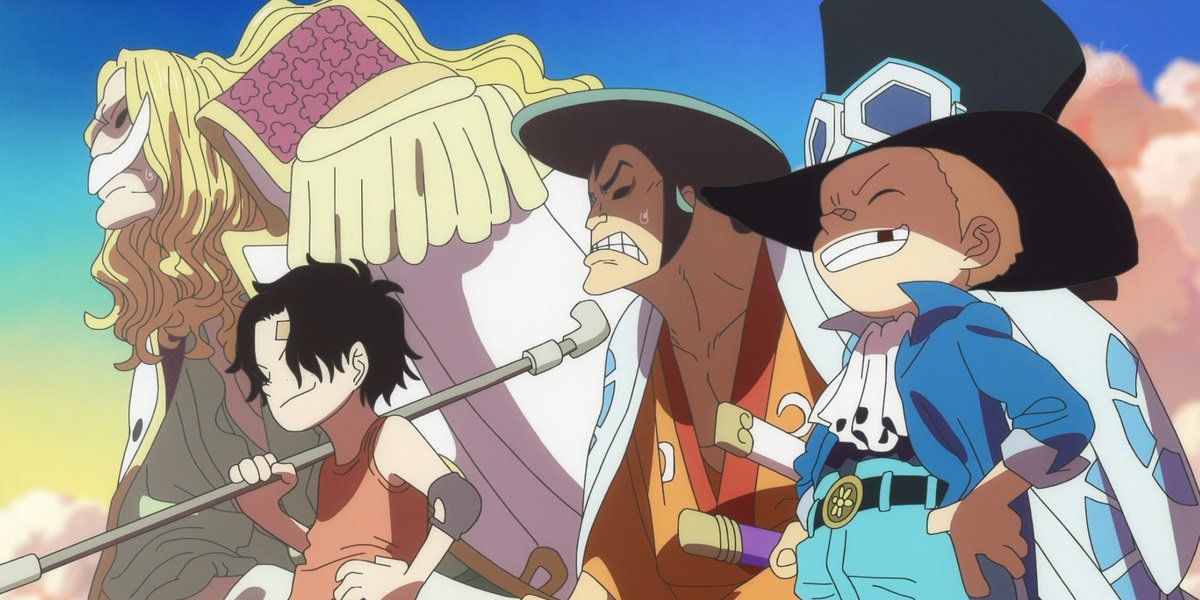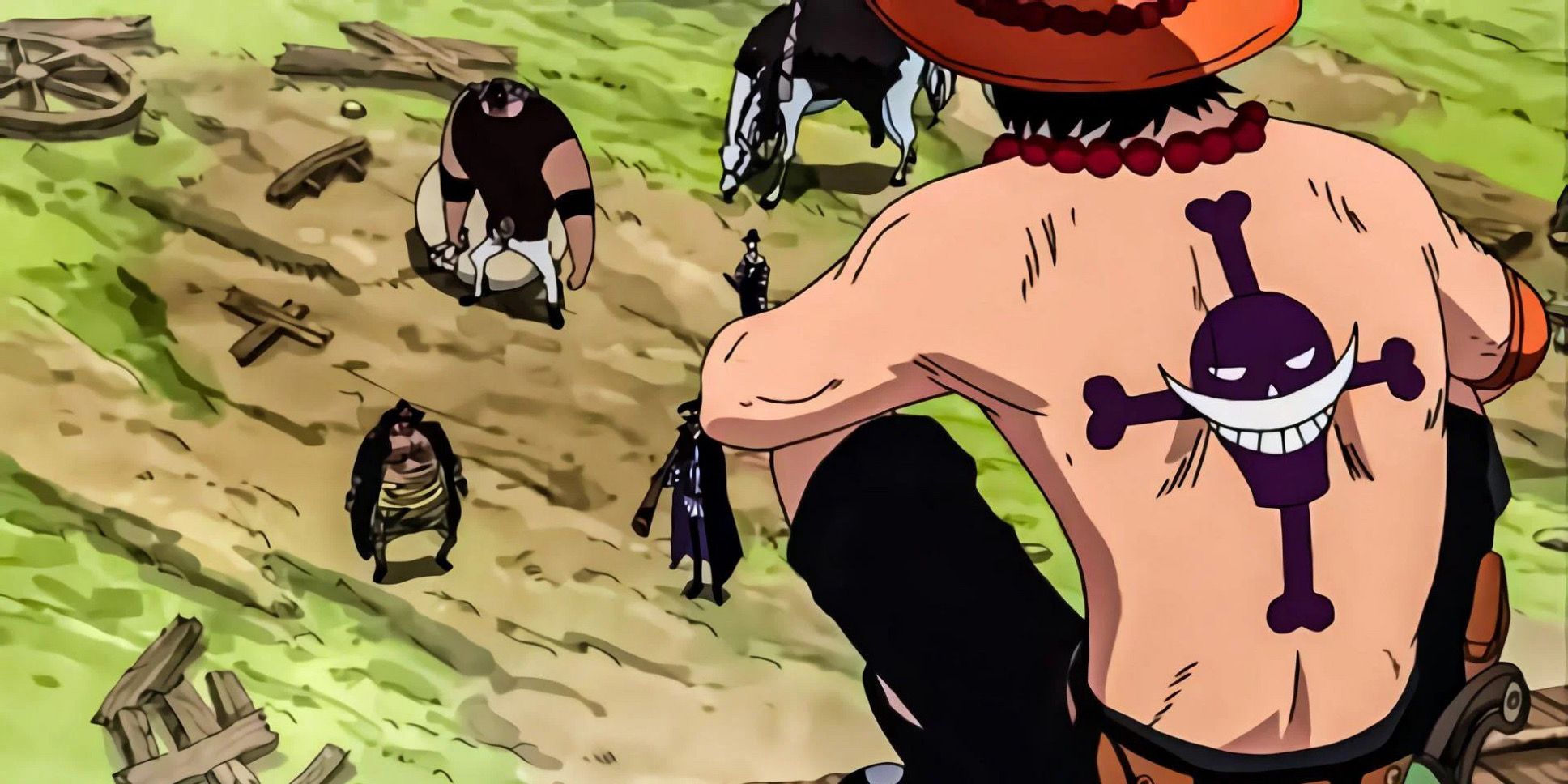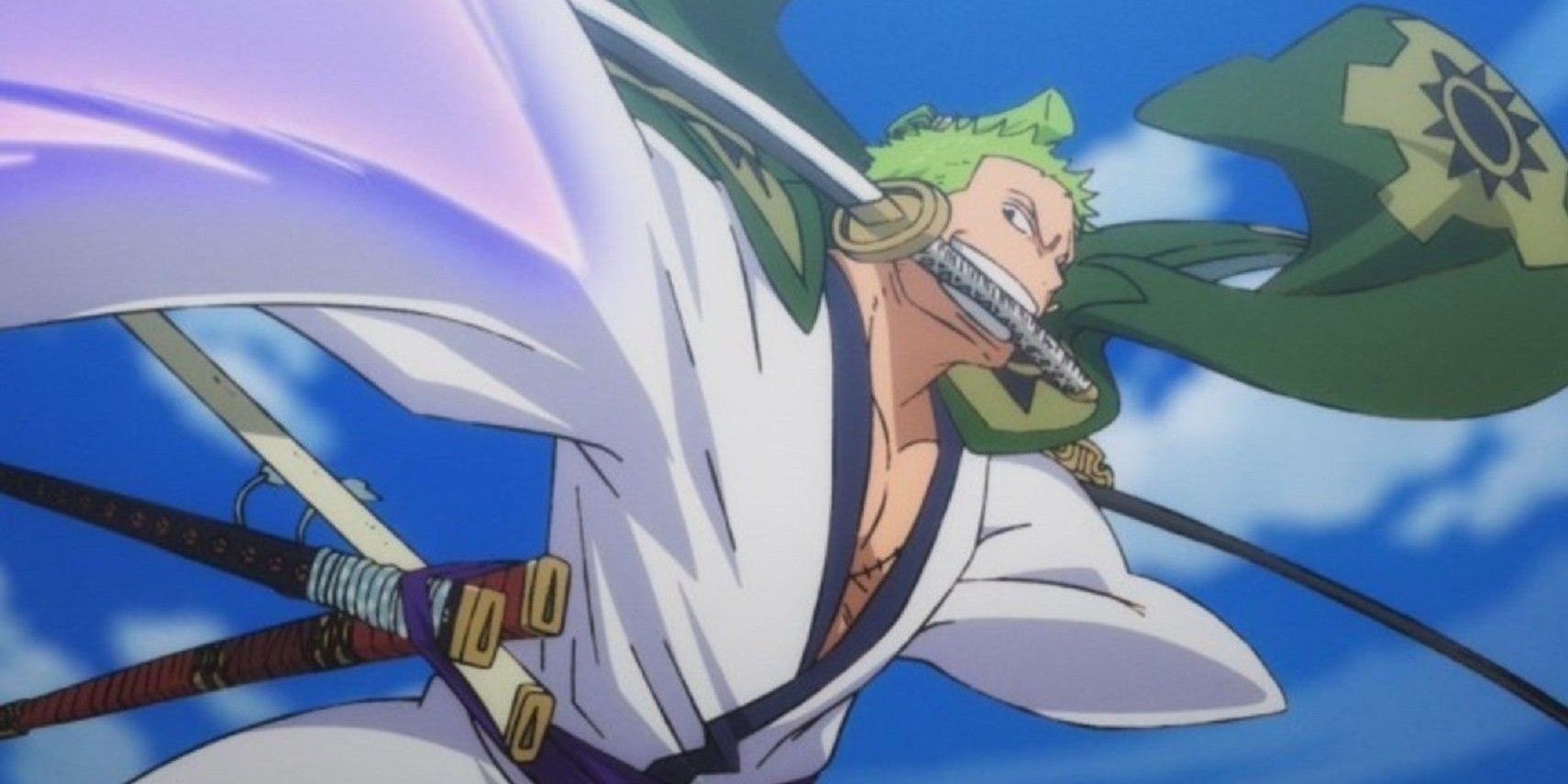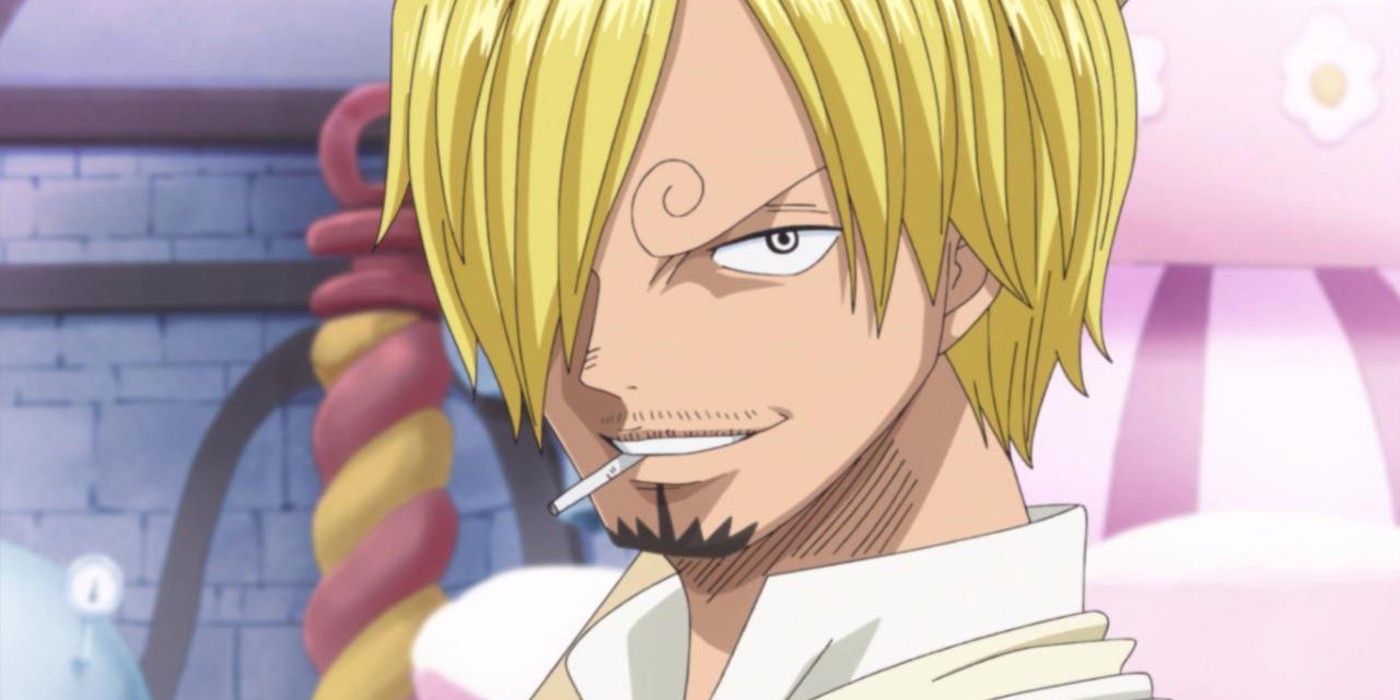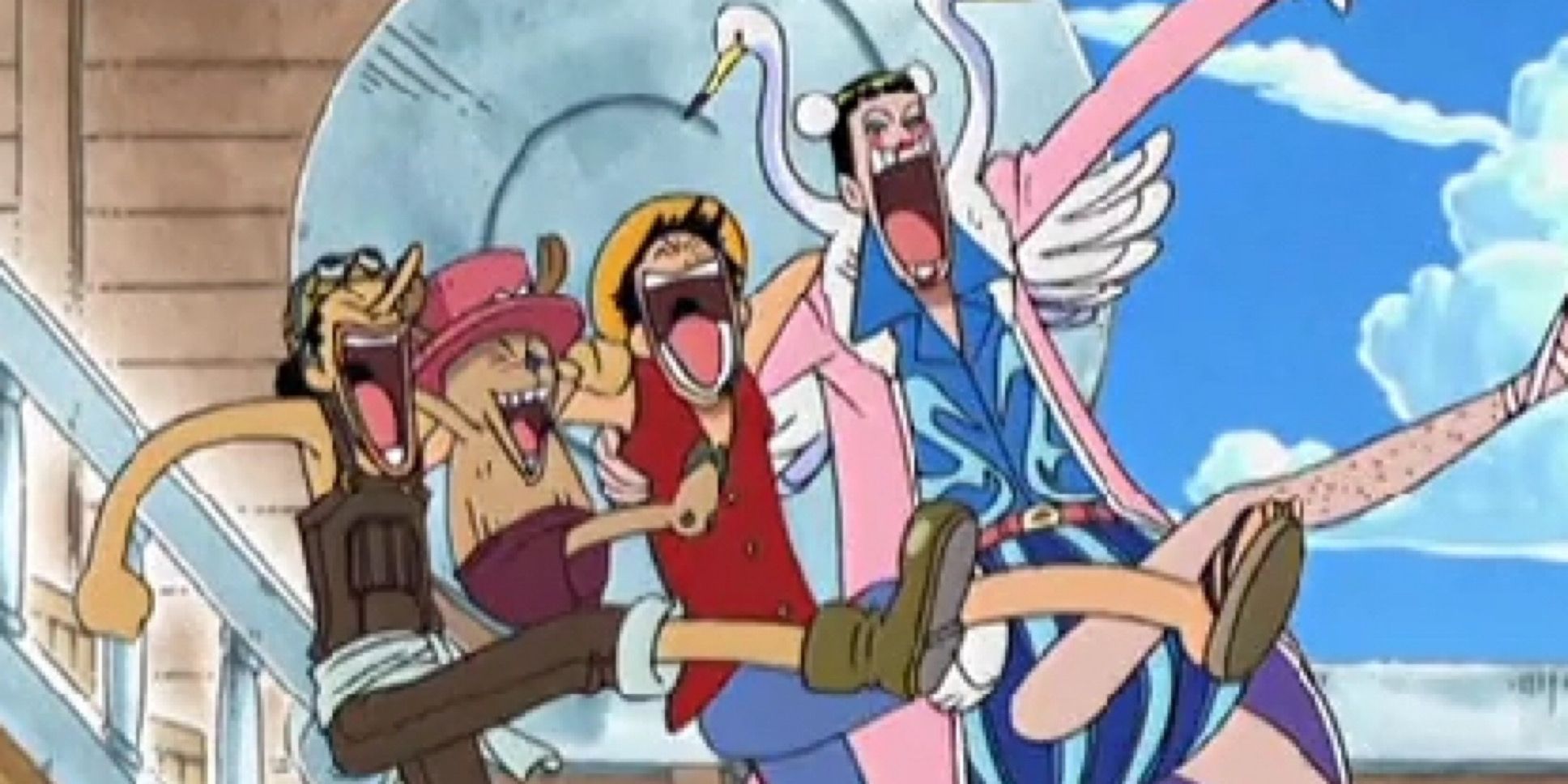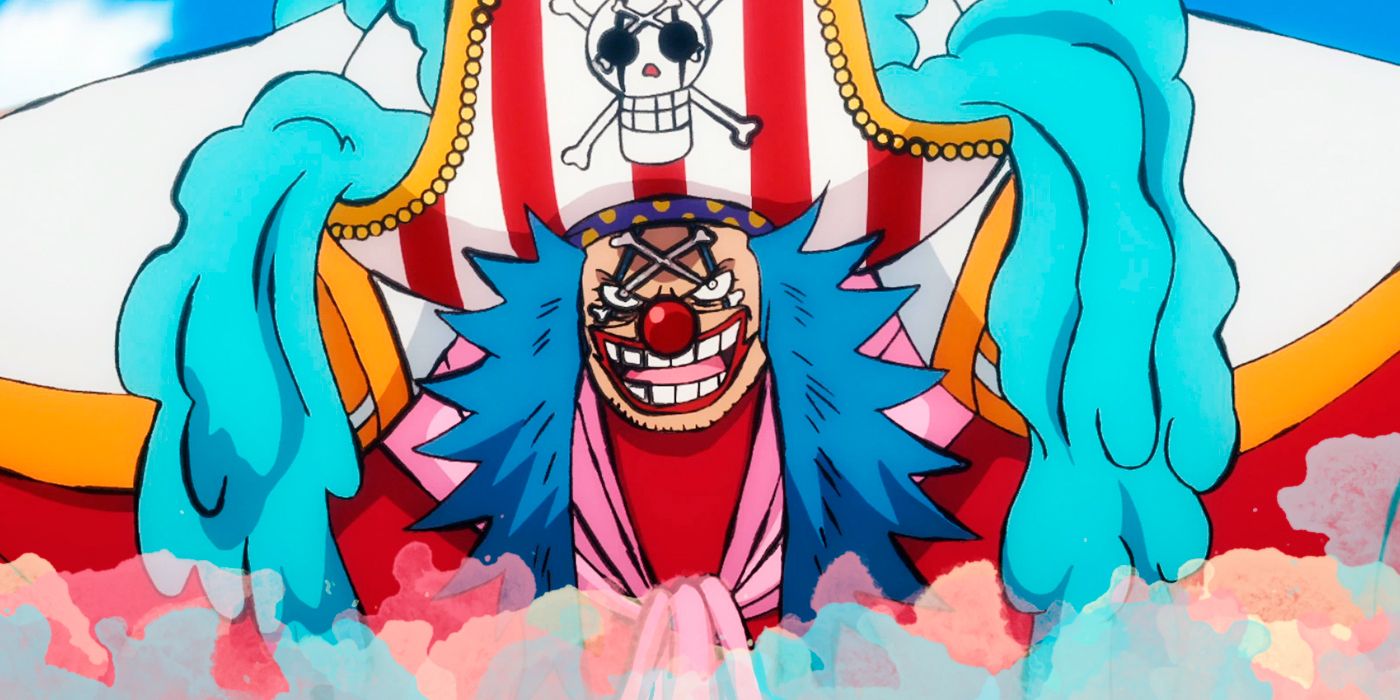Change isn’t always good. However, in the case of the One Piece anime, change was necessary. Though the source material must be preserved to the extent that it retains the spirit of the original to reach a greater audience, fans should expect adjustments to be made. Sometimes, it can even be beneficial to the overall experience to make some slight tweaks or omissions.
For fans interested in some of the more controversial aspects of Luffy and his friends’ characters, the manga will always be available to supplement the more lighthearted anime version. Instead of becoming hyper-critical of such changes, fans should embrace the possibility of a story they love and its creator gaining widespread notoriety, especially when the adaptions do little to take away from the original's tone.
10 The Anime Waves Law's Use Of Hand Gestures
In the manga, Law is the same disrespectful, confident character he is in the anime. However, the manga turns his disrespect factor up a notch by having him flip the bird at people he doesn’t like. This is omitted from the anime due to the audience it is attempting to appeal to.
Such a minute change did not alter the portrayal of Law’s personality. On the contrary, like many of the other adjustments to the One Piece anime adaptation, removing this minor detail allowed the series to expand into one of Japan's most popular anime franchises.
9 Zeff Losing His Leg Was Already Traumatic Enough
Zeff loses his leg underwater while trying to save Sanji in the anime. This is an emotional moment because it shows Zeff’s selflessness and fatherly care for Sanji. In the manga, Zeff eats his own leg after giving Sanji all the food when they are trapped on the island.
Though this does add some gruesomeness to the story, the change in the anime doesn’t take away the emotional weight of Zeff losing his leg to save Sanji. It’s a plot point that adds shock value but little importance to the story itself.
8 Luffy Goes To Drastic Measures To Prove His Bravery
Most production studios make a point to avoid images of self-harm, especially in programs intended for younger viewers. That fact is apparent in the story of how Luffy received the scar on his face, which is portrayed in the manga but not in the animated rendition.
The manga will always be available to dive into for fans interested in the deeper parts of Luffy’s character. For the larger viewing audience, however, this part of Luffy’s past is better kept in the dark.
7 The Anime Adds To The Drama With Extended Fight Scenes
One noticeable difference between the manga and its anime adaptation is the adjusted length of fight scenes. In the manga, the strength level differences between some characters can result in an entire fight scene lasting one page. In the anime, however, fight scenes are often lengthened dramatically.
Part of the reason for the lengthier fight scenes is that the anime takes less time to create than the manga. Though the extended fights were not necessarily faithful to the original material, they mostly added to the drama and entertainment value of the anime.
6 Sabo’s Backstory Was More Than Just Anime Filler
In the anime, Sabo’s backstory with Luffy and Ace is covered in great detail and provides some exciting scenes that fans have grown to love. Surprisingly, the manga doesn’t go into the same level of detail with Sabo’s story.
Eiichiro Oda actually explained that he gave the creators of the anime the draft of Sabo’s backstory to specifically include in the show because he didn’t have time to write it into the manga. It is always a joy for fans when an anime provides new content that adds to the richness of the story.
5 The Taboo Of Ace's Original Tattoo
In the manga, Ace’s back tattoo is originally a Manji instead of the skull and crossbones portrayed in the anime. The Manji is a cross-shaped symbol with extended perpendicular arms that bend off at a right angle.
The Manji represents divinity, good luck, and the sun in eastern religion. However, western audiences often associate it with the swastika appropriated by Germany in the second World War. The latter perspective of the Manji as associated with a harmful ideology is why it was removed from the anime and replaced.
4 Zoro Lacks Respect For The Sanctity Of Non-Human Life
The mistreatment of animals is something that most audiences will react strongly to. In younger viewers, the sight of their cuddly friends being hurt can provoke intense emotional reactions. So it’s no wonder Zorro’s treatment of a neighborhood canine in the anime is considerably watered down compared to the original manga rendition.
In particular, the feral wolf Soro in both the anime and the manga is the main reason that Zorro was originally arrested. However, in the manga, it is explicitly stated that Zoro ended Soro’s life. In the anime, Zoro is shown simply throwing a chair at him.
3 Sanji's Addiction Started Younger Than The Anime Would Like To Admit
If there are two things fans of One Piece know about Sanji - he gets frequent nosebleeds and has a smoking habit. It is evident in both the anime and the manga that Sanji is an avid smoker. However, the story of when Sanji starts smoking in the anime is significantly altered from its manga source material.
In the manga, Sanji actually starts smoking as a young boy in Zeff’s kitchen. Underaged smoking may be a fact of the world, but it is certainly not one that should be glorified for young anime fans. Funimation viewers should be thankful that their adaptation didn’t go as far as the 4kids version, which changed all of Sanji’s cigarettes into lollipops.
2 The Anime Danced Around Bentham's Ballet Technique
Bentham is a colorful character who uses attacks derived from ballet techniques. In the anime, his fighting style is initially termed Ballet Kenpo. In the manga, however, he refers to his technique as Okama Kenpo.
Okama is a term in Japan that is used to refer to members of the LGBTQ+ community. However, because some can construe it as having a derogatory sense to it, the creators of the anime chose to leave it out. Though inclusion and representation can be positive factors for marginalized peoples, if that representation is not in a manner that is indicative of how they want to be viewed, the effect can become harmful.
1 Buggy Shows His Crew No Mercy
Buggy the Clown is an important recurring character throughout the series. From when Luffy meets him early on In the story, he is always a formidable foe and significant antagonist.
In the manga, Buggy’s merciless nature is highlighted when he orders one of his subordinates to be eliminated for making fun of his nose. In the anime, he is simply shown yelling at the perpetrator. Like many of the omissions from One Piece, this scene was merely a matter of toning down one of the more shocking aspects of the manga to reach a wider audience.

